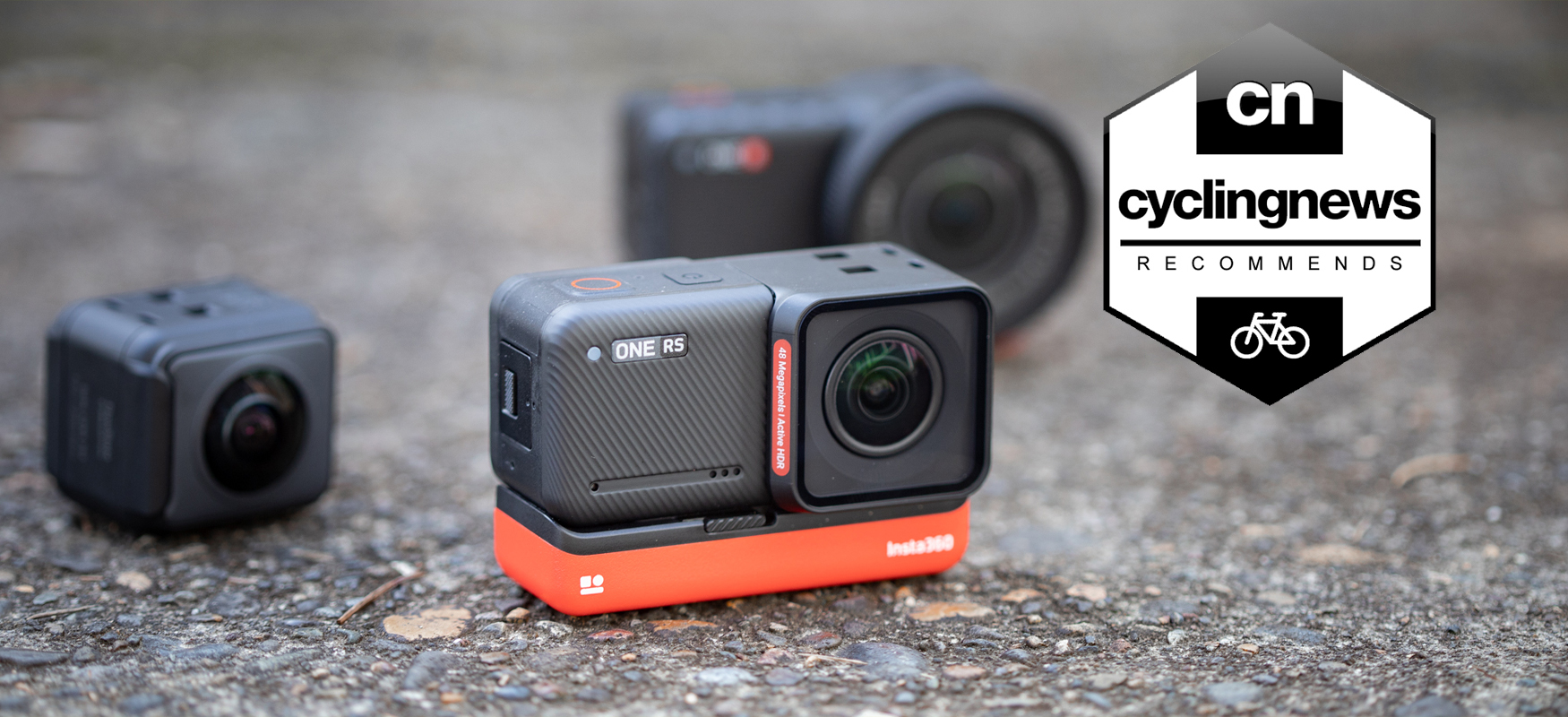Cyclingnews Verdict
The changes are minor compared to the previous generation but if you haven’t bought into the Insta360 ecosystem yet the system has never been in a better position than it is now
Pros
- +
Insta360 held its promise of modularity
- +
New battery adds capacity
- +
New case is substantially better
- +
External mic adapter now available
- +
360 footage editing in Adobe Premiere
- +
Pricing
Cons
- -
Voice control requires yelling
- -
Memory card compartment is hard to close
- -
Lacks FPS and resolution to match GoPro
You can trust Cyclingnews
The times that we cyclists spend on the bike are often our fondest memories and moments we'd love to share with friends, family, and strangers. One way to do that is with an action camera and it's a market that's seen significant expansion over the last few years. Where once there was only GoPro, there are now enough great choices that we've put together a wide selection in our article covering the best action cameras for cycling.
One of the main competitors in the modern action camera space is Insta360. We included the Insta360 One R in our buyers' guide but that only represents one part of the ecosystem Insta360 offers. Despite the company name, Insta360 offers a range of cameras and they aren't all 360 cameras. The One R in particular is a collection of three lens options, a core, and batteries and accessories that bring it all together. Last week, Insta360 came to market with a new version of the system called the Insta360 One RS and now we've spent enough time with it to bring you the details. If you are thinking about picking up an action camera, keep reading to see what we think of the new hardware.
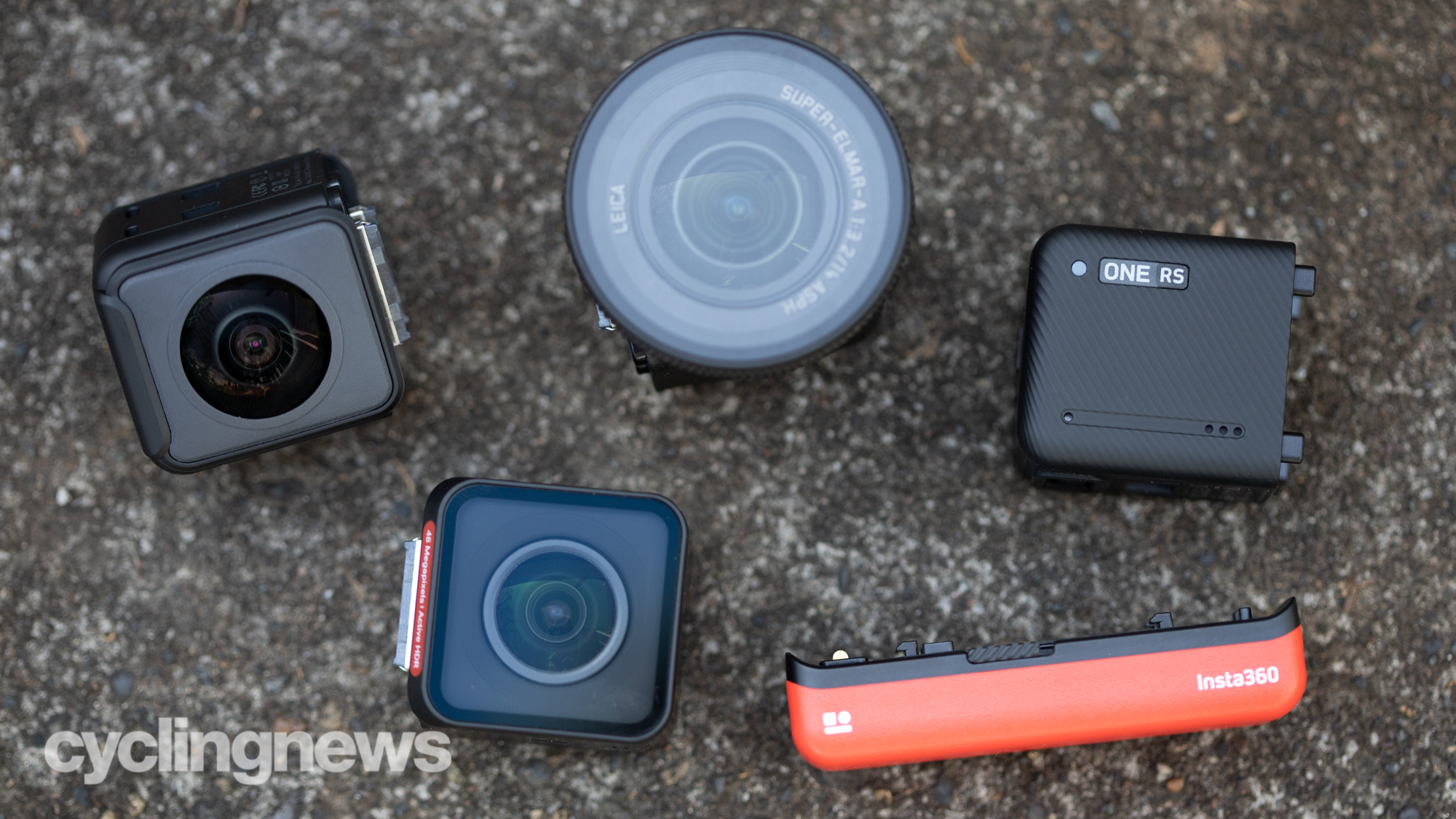
Design and aesthetics
The name and the offerings from Insta360 can end up being confusing. Insta360 offers a whole range of consumer and professional options and only some of them shoot 360 video. The Insta360 One RS represents their flagship consumer action camera and it's a modular design.
If you are looking at the One RS action camera, you are looking at a collection of components. There's a core unit with a screen, Micro-SD slot, USB-C connection, and control buttons. Then there are batteries and accessories and finally, there are three lens options. The lens options are the unusual part. You can purchase a One RS 4k boost module, a 360 module, or a 1-inch sensor module and you can do it as part of a bundle or at your own pace. The new update covers the core unit, an updated case, new accessories, and the 4k module has now become the 4k boost module.
What that means is that for many people the iconic 360 footage that they associate with Insta360 products has only been partially upgraded. There is no new design as it relates to that module but because the processing happens in the core module it gets an upgrade anyway. The new design brings with it a flowstate stabilisation upgrade that no longer requires external editing, upgrades to the mic performance, longer battery life, and an improved case. This is the same situation for the 1-inch module as well.
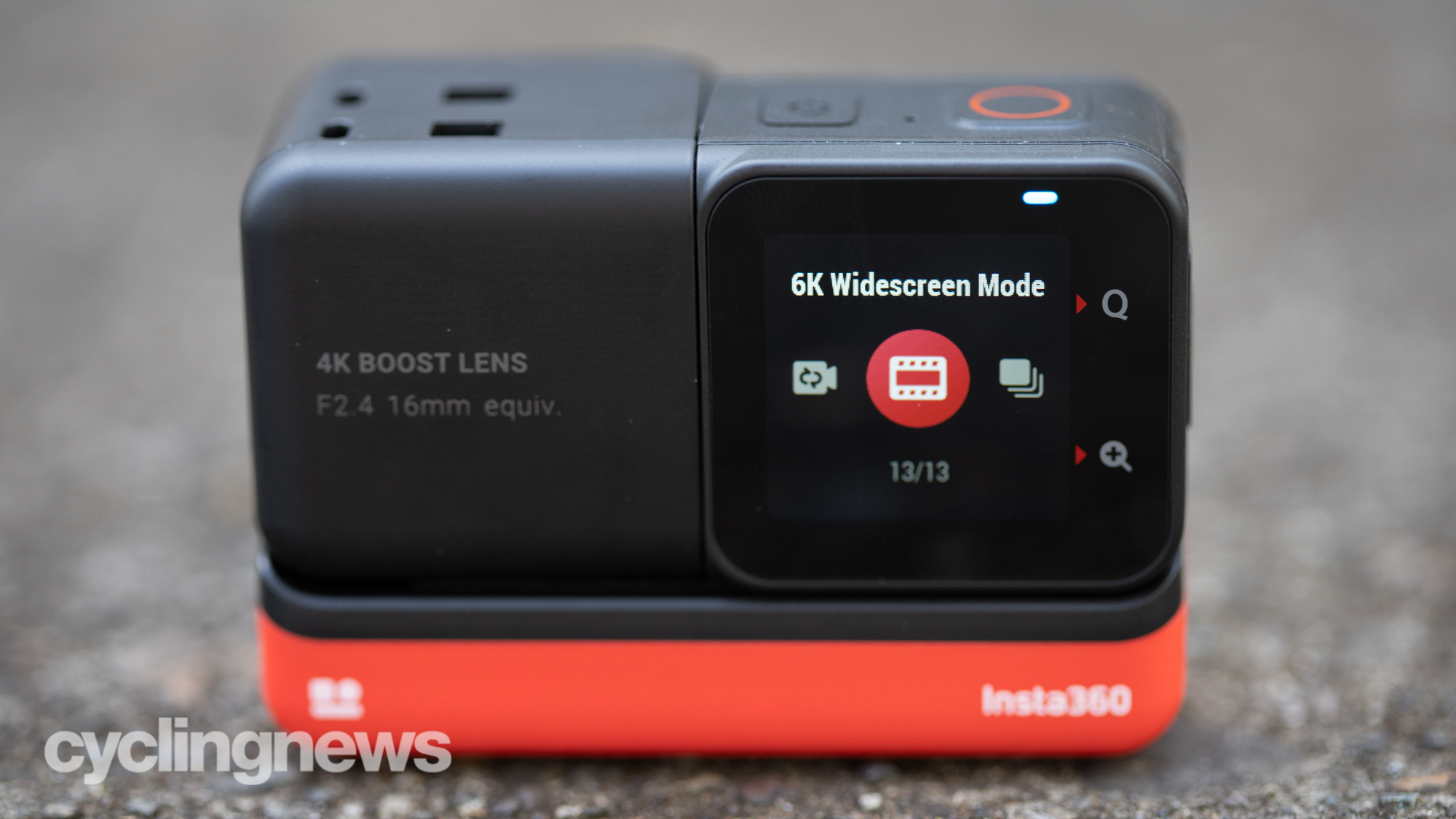
The only camera module that sees an upgrade is the 4k module. It now sports a new name, with the addition of boost making it the 4k boost mode. Along with that name is an upgrade to the available image quality both in video and still image modes. Previously the max resolution for video was 4000x3000@24/25/30fps. That mode, and all the modes below it, continue to still be available but now there's a new mode above it. If you switch to 6K Widescreen Mode it enables 6016x2560@25/24fps. For still images, there's a bigger upgrade with a move from a max 4000 x 3000 up to 8000x6000. There’s also a new Active HDR mode to help hold detail in both the highlights and shadows in high contrast settings.
For many people what might end up being the bigger upgrade is actually on the accessories side of things. There is now an external mic adapter that allows the use of a wired mic with the One RS Core module. Previously there was no ability to add a wired mic and when paired with the new cold shoe accessory adapter it could expand the uses of the Insta360 One RS. With the right mic, the 4k boost module should make a reasonable starting place for vlogging ambitions.
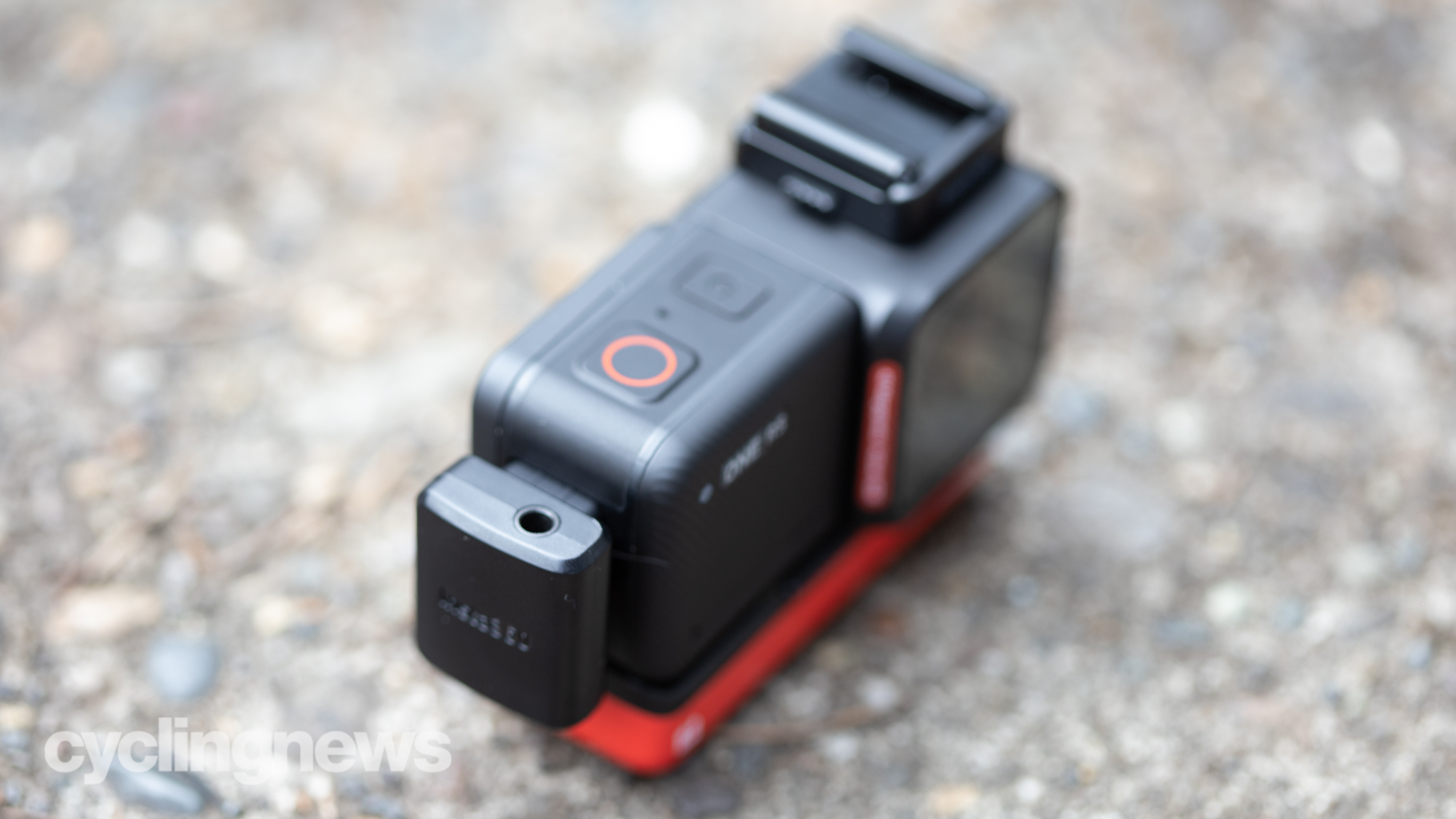
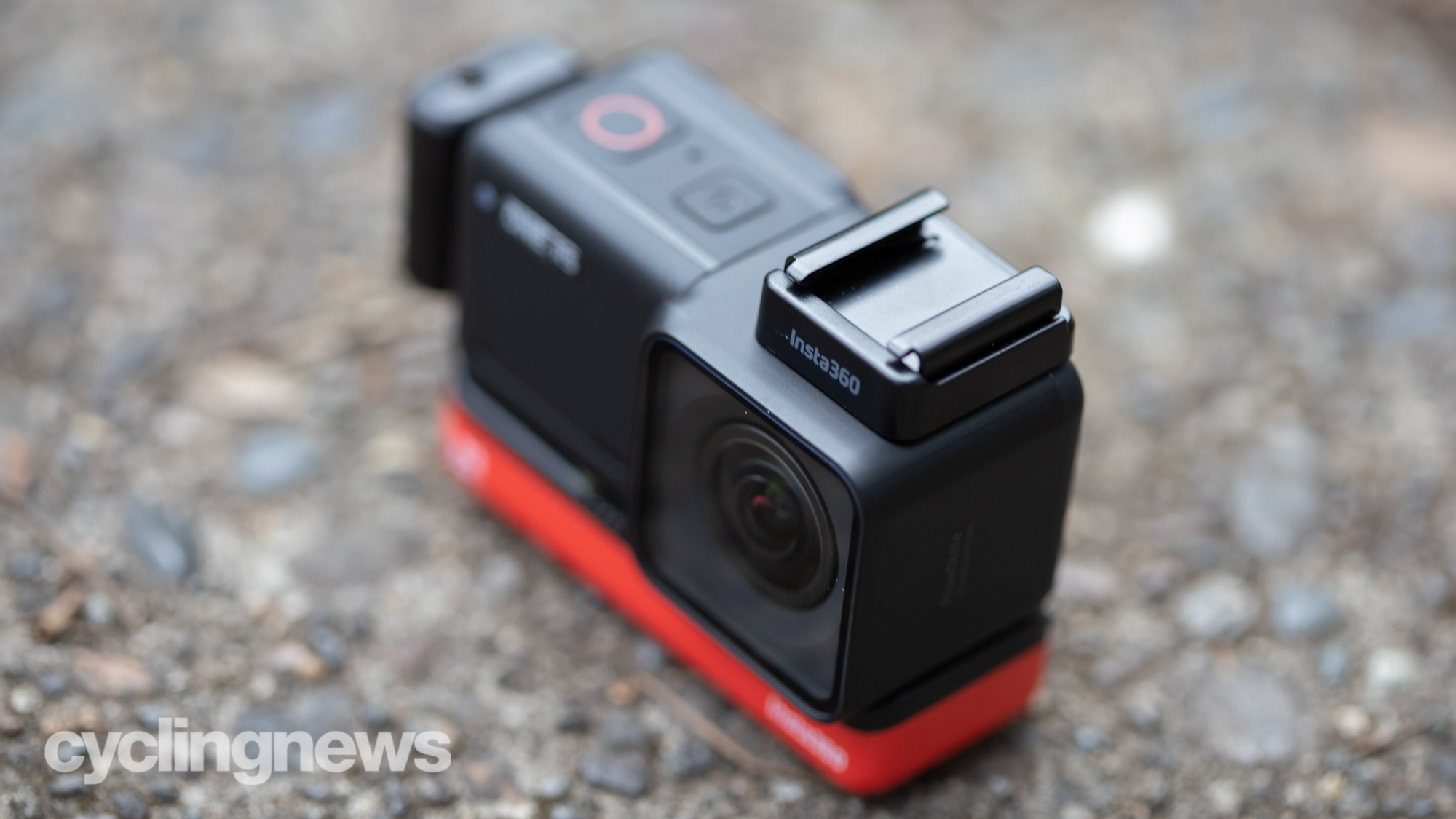
Performance
I've been using Insta360 products for a couple of years now. I have the 1-inch module, the older 4k module, the 360 module, and I also have the Go2 camera. Across all of those products, there are some occasional hiccups in use. The 1-inch module can't focus close enough to be able to hand-hold and film yourself, the smaller version of the Go2 needs more memory, but generally they are really good. I have never once felt held back creatively because of something lacking in the system.
When I started testing the new system I had to go back to the old one to figure out what was different. Even comparing the two it's a little difficult to really see the difference. The menu is maybe slightly easier in the new one but if we are talking core functionality there's virtually no difference and that's a very good thing. I always externally process the footage so flowstate looks as good as it always has. I could say the same thing about the camera's ability to hold details across highlights and shadows too. It was good and it continues to be.
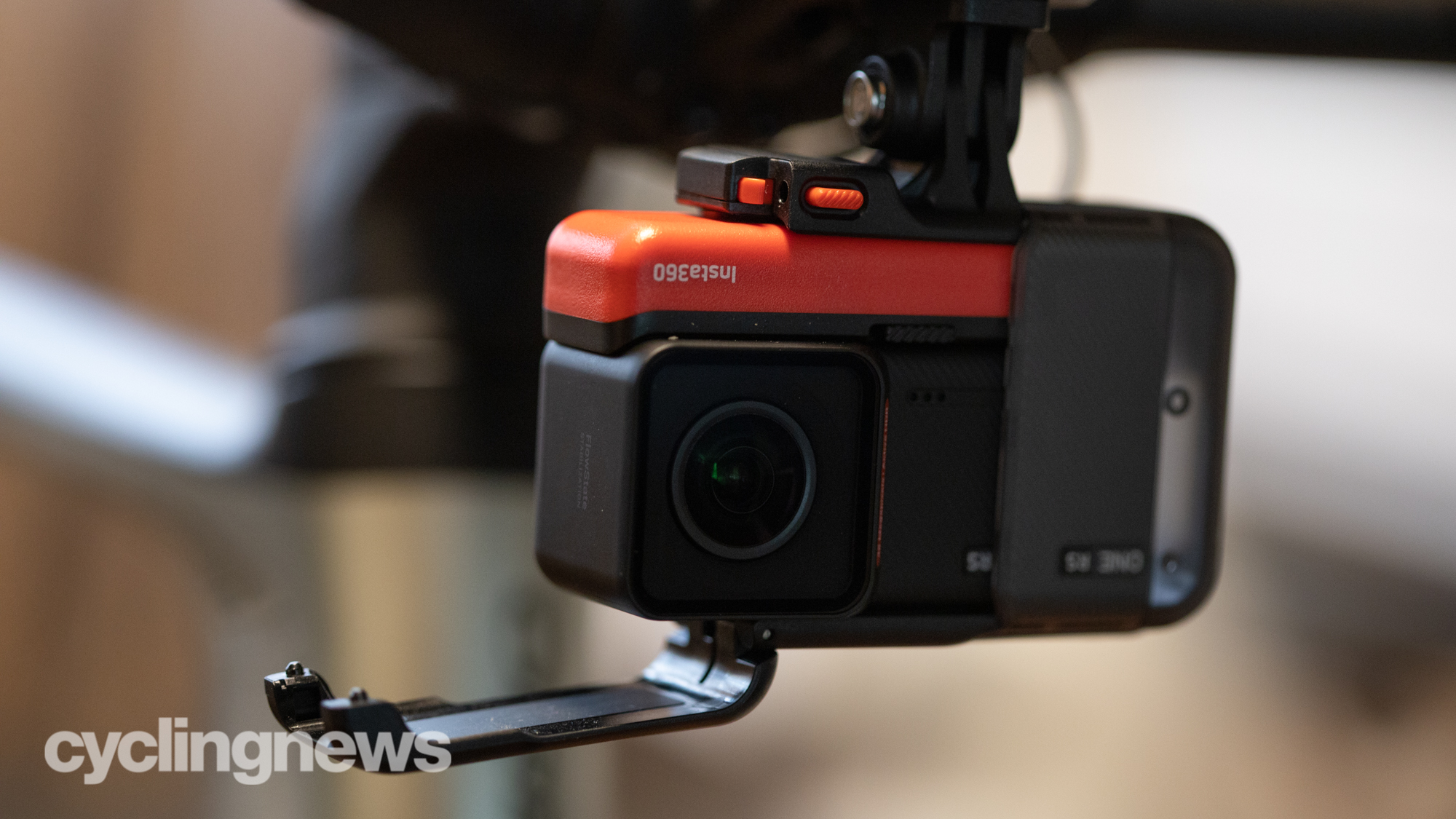
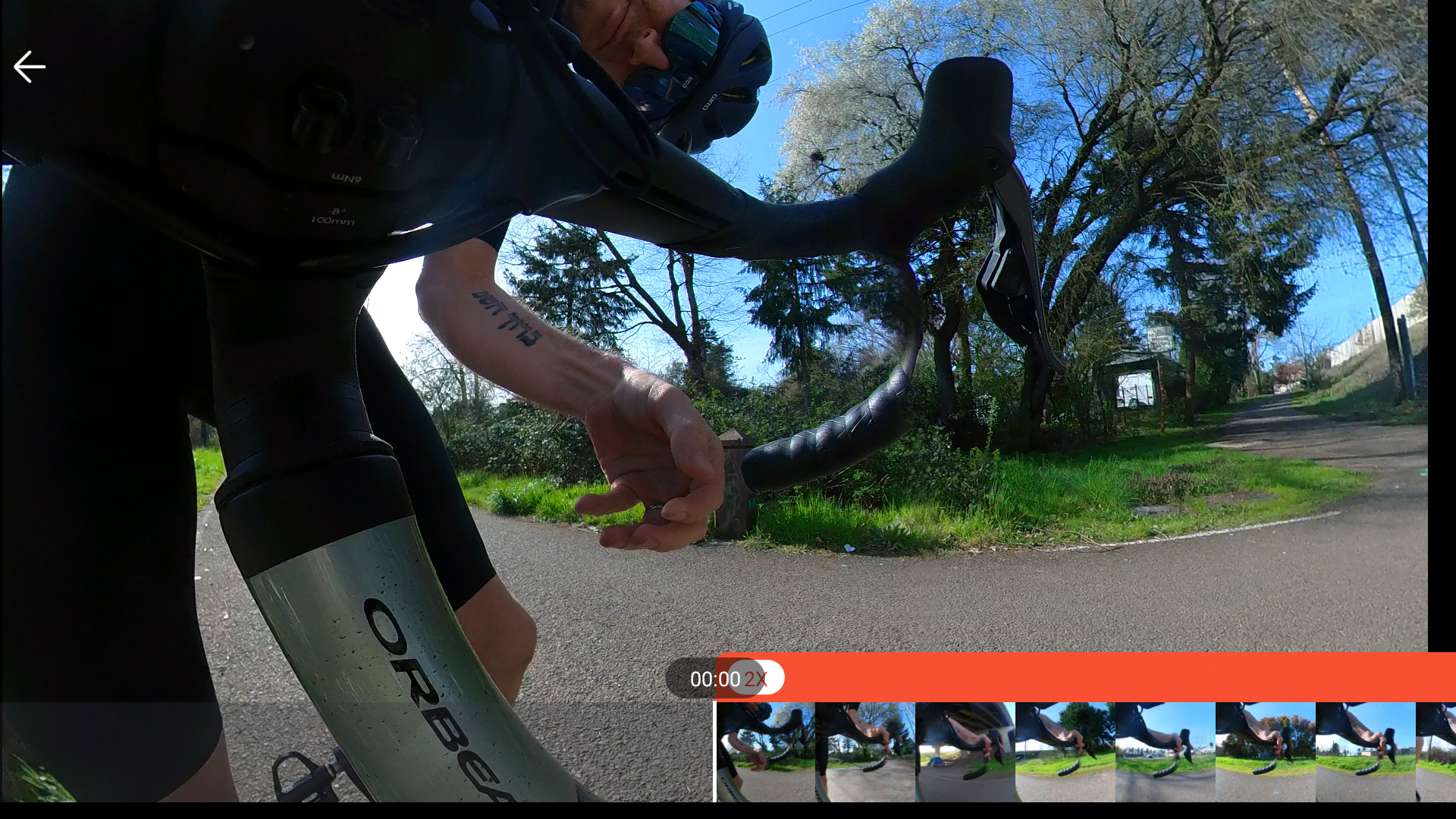
When it comes to the upgraded resolution, I never felt like I needed it and I rarely use it now that it's there. It's an extra mode and requires more memory card space, and more computer processing power. At least on the video side. For still images, I do welcome the extra resolution but I also rarely use an action camera for a still image.
When you flip over to the accessories, there is a big upgrade. To make the camera waterproof you need to put it in the case, and you also need the case to attach it to a bike. The old case was a huge hassle, no matter how many times I've used it, I still struggle to figure out how to get it on and off every time and it's even worse if I'm using the 1-inch module. The new case is a joy in comparison, it's easy to open and easy to slide the camera in and out while I leave the case attached to the mount on the bike. Also, the 1-inch module now slides in without unscrewing the lens cover.
I'm also a huge fan of the new option to add a wired mic. Although I have a full-frame Canon camera with professional lenses, I sometimes wish I could pull out an action camera and do a little vlogging about something. Syncing up externally recorded audio always seemed like something too big to take on. Now I can plug in my inexpensive mic when I want to record a quick intro or walk around with a camera. If I was to get more serious, mounting a shotgun mic on the accessory mount would make for all the camera I’d need for a long time.
It's also worth mentioning the constantly evolving phone and computer apps. The new One RS has upgraded WiFi speeds so if you want to do your editing on your phone and post directly, it's a lot faster to interface. Personally, I tend to download the footage and work directly in Adobe Premiere. That's not something most people will do, or even need to for the small editing I do, but it's where I feel comfortable. I appreciate that the options are there.
Verdict
When it comes to action cameras you can't have a conversation without mentioning GoPro. It is the biggest company in the space and many would argue it invented the concept. We spoke highly of the GoPro Hero 9 Black when we reviewed it, and now, the brand's latest GoPro Hero 10 offers higher frame rates at higher resolution. If you want 4k resolution at 120fps, you can't get that with the Insta360 4k boost module. GoPro also has Insta360 beat when it comes to waterproof capabilities with a 33ft max depth vs 16ft.
That doesn't mean GoPro is the automatic winner though, as Insta360 does have a few advantages. The most obvious one is price. Although GoPro plays around with their pricing as it relates to the cloud service subscription, they are still more expensive. Comparing the Hero 10 to the Insta360 4k edition is the obvious comparison and Insta360 is less money.
The real reason that you might consider the Insta360 option isn't about price though, it's about flexibility. Choose the twin edition and for only a little more money than the GoPro without the subscription, you get two cameras. 360 video is just one tool for storytelling and it likely is not going to be what you want all of the time. With the Insta360 One RS Twin Edition, you've got the flexibility to use the best solution for your creative vision and you aren't locked in one direction.
The other thing that Insta360 offers is upgradeability. Previous reviews had to qualify the modular nature of the camera as being a future promise, and while the One RS mightn't represent a huge upgrade over the One R, it's proof that the company has held its promise. The upgrades are able to swap onto the old pieces bringing the upgrades along with them.
Tech Specs: Insta360 One RS with 4k Boost Lens
- Price: £279.99 / $299.99 / €319.99 / AU$569
- Aperture: f/2.4
- 35mm Equivalent Focal Length: 16mm
- Photo Resolution: 8000x6000 (4:3), 8000x4500 (16:9), 4000x3000 (4:3), 4000x2250 (16:9)
- Video Resolution: 6016x2560@25/24fps (under 6K Widescreen Mode), 4000x3000@24/25/30fps, 3840x2160@24/25/30/50/60fps, 2720x1530@24/25/30/60/100fps, 1920x1080@24/25/30/60/120/200fps
- Photo Format: jpg, RAW (dng) (RAW files require software on PC/Mac to export.)
- Video Format: mp4 (For files prefixed with "PRO_", please import into app/Studio to adjust aspect ratio and apply Post FlowState stabilization)
- Photo Modes: Standard, HDR, Interval, Night Shot, Starlapse, Burst, PureShot
- Video Modes: Standard Video, Slow Motion, Active HDR, Timelapse, TimeShift, Loop Recording, 6K Widescreen, FlowState (in-camera stabilization), Post FlowState (in-app stabilization)
- Color Profiles: Standard, Vivid, LOG
- Run Time: 75 Minutes (tested for 89 minutes with power to spare)
- Max. Video Bitrate: 100Mbps
- ISO Range: Photo: 100-6400, Video: 100-6400
- Shutter Speed: Photo: 1/8000 - 120s, Video: 1/8000 - to the limit of frames per second
Josh hails from the Pacific Northwest of the United States but would prefer riding through the desert than the rain. He will happily talk for hours about the minutiae of cycling tech but also has an understanding that most people just want things to work. He is a road cyclist at heart and doesn't care much if those roads are paved, dirt, or digital. Although he rarely races, if you ask him to ride from sunrise to sunset the answer will be yes. Height: 5'9" Weight: 140 lb. Rides: Salsa Warbird, Cannondale CAAD9, Enve Melee, Look 795 Blade RS, Priority Continuum Onyx
